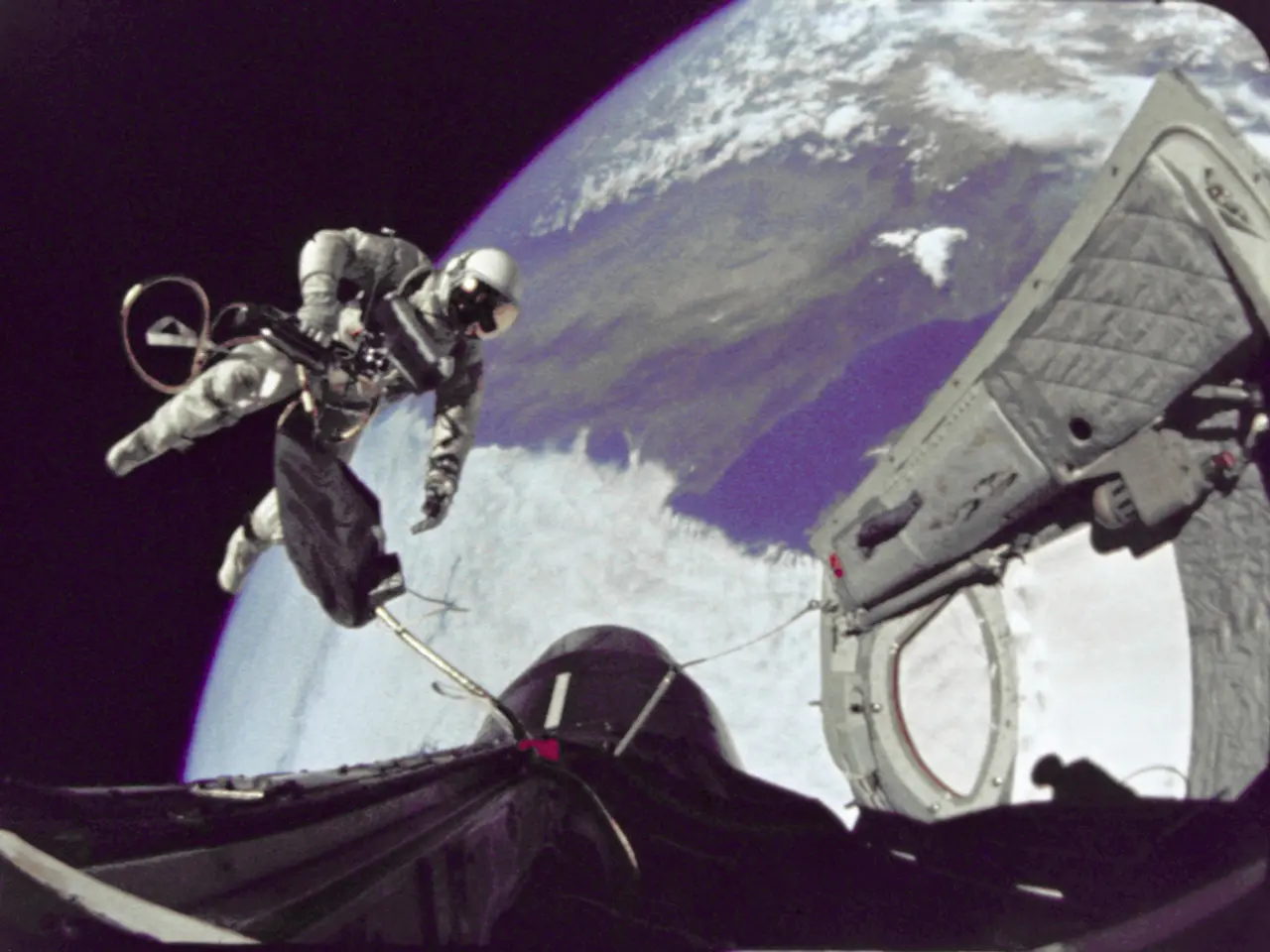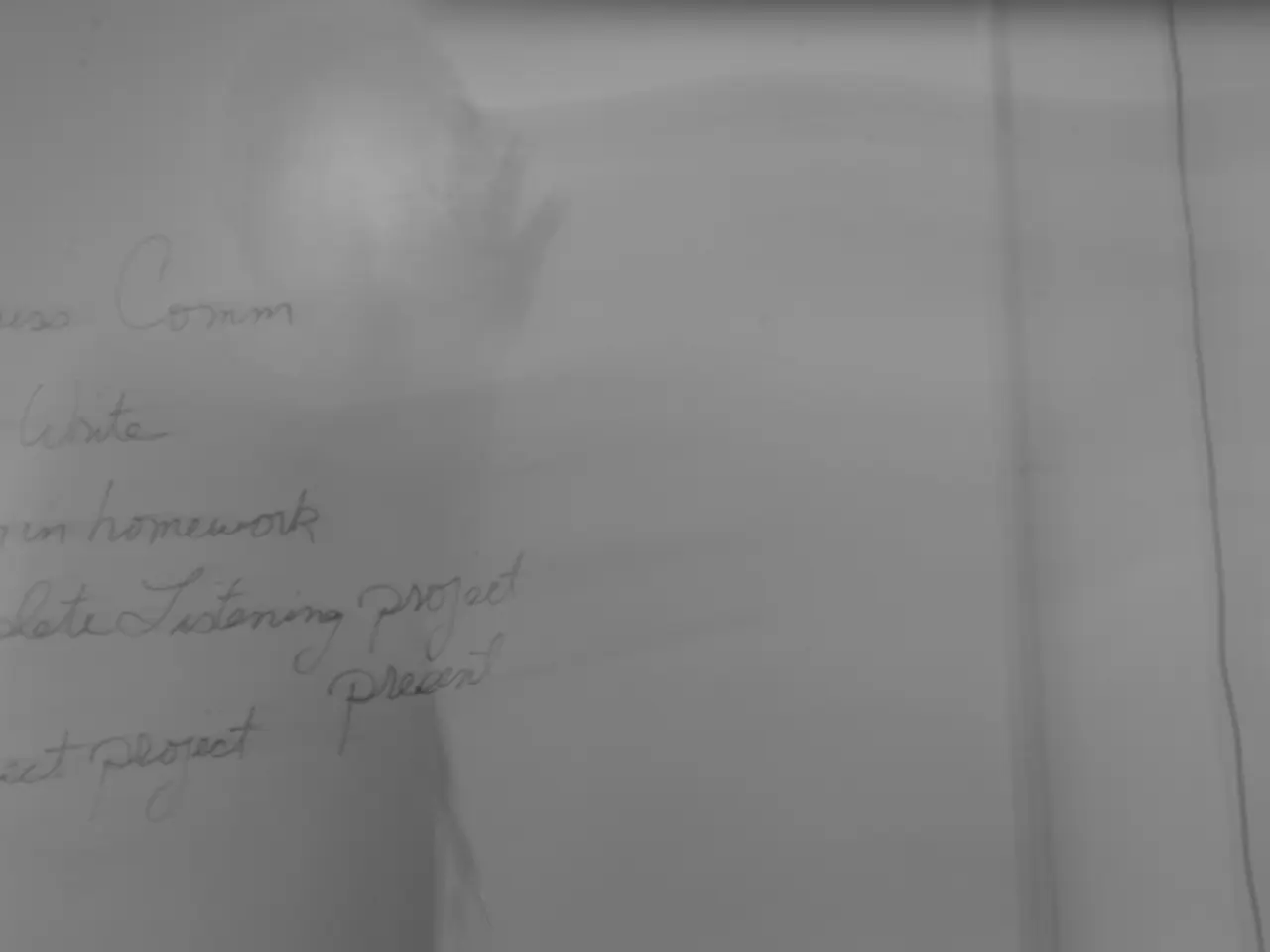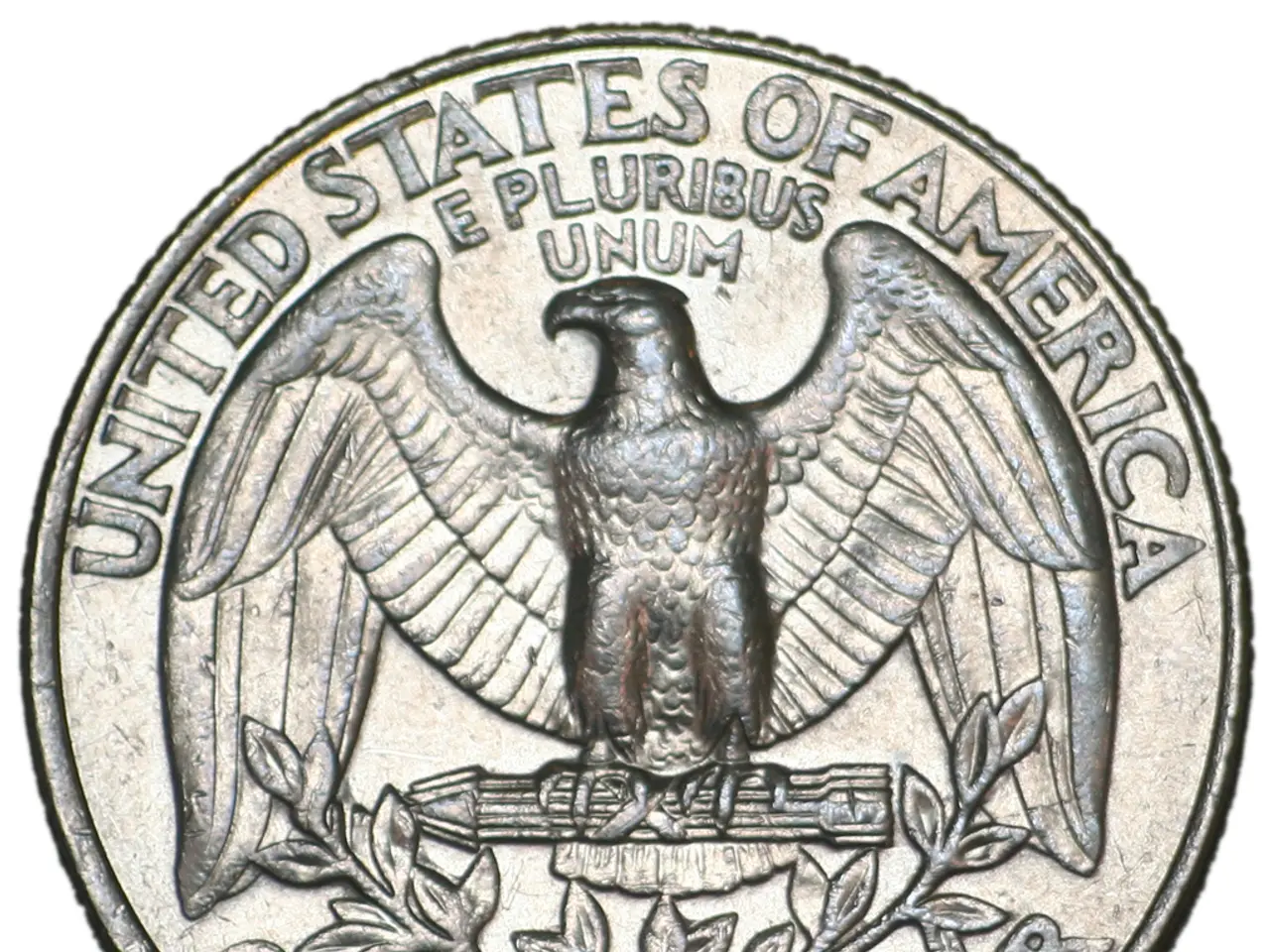Crew departs from space station for journey towards Earth
SpaceX's Crew-10 Mission Concludes Successfully After Nearly Five-Month Stay on ISS
The SpaceX Crew-10 mission, part of NASA's Commercial Crew Program, has concluded successfully after nearly five months aboard the International Space Station (ISS). The mission, launched on March 14, 2025, was commanded by NASA astronaut Anne McClain, with fellow NASA astronaut Nichole Ayers as pilot, JAXA astronaut Takuya Onishi, and Roscosmos cosmonaut Kirill Peskov as mission specialists.
During their stay, Crew-10 traveled approximately 62.8 million miles, completing 2,368 orbits around Earth. They conducted numerous scientific experiments and technology demonstrations across various disciplines, including plant and microalgae growth in microgravity, the effects of space radiation on DNA sequences in plants, changes in human eye structure and body cells in microgravity, and biomedical research aimed at preparing for future human exploration of the Moon and Mars.
One of the mission's highlights was a spacewalk on May 1, 2025, during which McClain, Ayers, and Onishi relocated a communications antenna and began the installation of a mounting bracket for a future ISS Roll-Out Solar Array.
The mission's duration was extended due to propulsion problems that affected Boeing's Starliner spacecraft, which was scheduled to ferry other astronauts. This delay allowed Crew-10 additional time for onboard research and ISS maintenance.
Crew-10 safely returned to Earth with a splashdown off the coast of California on August 9, 2025. The Dragon capsule, belonging to Elon Musk's SpaceX company, was designed to withstand re-entry and was slowed further by huge parachutes for a soft landing. Upon recovery, the astronauts will be able to breathe Earth's air again, after being in space for months.
The return of Crew-10 marks the end of the 10th crew rotation mission under NASA’s Commercial Crew Program. The current ISS crew rotation mission includes astronauts Zena Cardman, Mike Fincke, Kimiya Yui, and Oleg Platonov.
Meanwhile, it's worth noting that the Boeing Starliner's first crewed flight was not successful due to propulsion problems. This resulted in US astronauts Butch Wilmore and Suni Williams being unexpectedly stranded onboard the ISS for nine months during a previous mission.
Butch Wilmore's retirement marks the end of his 25-year career at NASA. His departure, along with that of fellow astronaut Suni Williams, signifies a significant change in the roster of astronauts dedicated to pushing the boundaries of human space exploration.
Summary of Key Points:
- Mission Launch: March 14, 2025 from Kennedy Space Center
- Crew Members: Anne McClain (Commander, NASA), Nichole Ayers (Pilot, NASA), Takuya Onishi (JAXA), Kirill Peskov (Roscosmos)
- Mission Duration: Nearly 5 months (extended due to Boeing Starliner propulsion issues)
- Distance Traveled: ~62.8 million miles around Earth
- Orbits Completed: 2,368 orbits
- Main Activities: Scientific experiments, technology demonstrations, ISS maintenance, and spacewalk
- Spacewalks: One on May 1, 2025 (antenna relocation, solar array bracket installation)
- Return: Splashdown off California coast on August 9, 2025
- Impact of Extension: Allowed more time for research and station maintenance due to delayed Boeing Starliner crew rotation
- Retirement: Butch Wilmore's retirement marks the end of his 25-year career at NASA
- Starliner Propulsion Problems: Affected Boeing's Starliner spacecraft, causing delays and stranding astronauts in the past
Scientists on SpaceX's Crew-10 mission conducted numerous experiments in space-and-astronomy, including plant and microalgae growth, effects of space radiation, changes in human eyes and cells, and biomedical research for lunar and Martian exploration. During the mission, technology innovation was demonstrated with the use of SpaceX's Dragon capsule, which withstood re-entry and landed softly after its return from the International Space Station.




